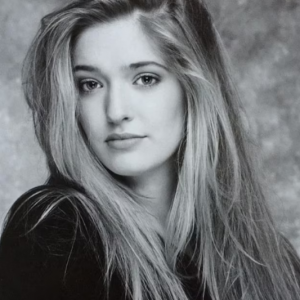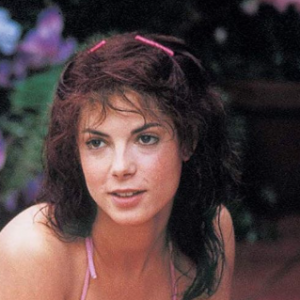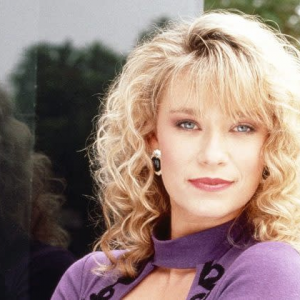When you think of classic cowboy heroes, few names stand out like Hopalong Cassidy. But behind the legend was a bold bet—a $350,000 personal investment by actor William Boyd that not only revived a fading character but also transformed how America experienced the Western genre. This wasn’t just about cowboy hats and horses—it was about innovation, risk, and redefining entertainment as we knew it.
Let’s saddle up and ride through the story of how one daring move reshaped television, turned a cowboy into a cultural icon, and sparked a marketing empire still remembered today.
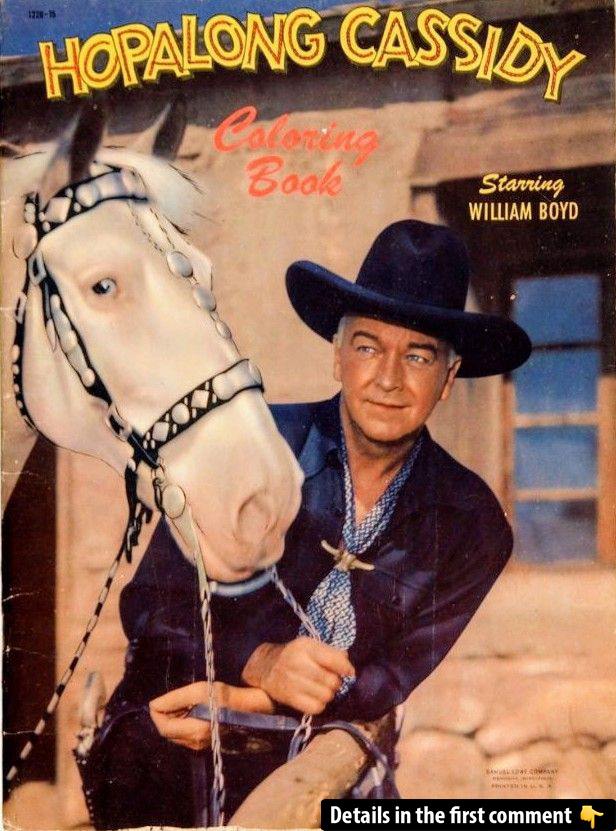
The Origins of Hopalong Cassidy: From Rough Edges to Role Model
Hopalong Cassidy wasn’t always the polished hero millions came to love. Created in 1904 by author Clarence E. Mulford, the original version of Hopalong was a rough, limping cowboy with a bad attitude and a sharp tongue. He drank, swore, and shot first. But everything changed in 1935 when William Boyd stepped into the saddle.
Boyd reimagined Cassidy as a wholesome, justice-driven hero. No smoking. No drinking. No swearing. He wore sleek black clothes, rode a white horse named Topper, and always stood on the right side of the law. With over 60 films made between 1935 and 1948, Boyd’s Cassidy became a role model—especially for young fans looking for a cowboy to look up to.
Video: Hopalong Cassidy Compilation
A $350,000 Gamble That Changed the Game
By the late 1940s, the Western film craze was slowing down. Studios were moving on. Hopalong Cassidy, once a box office star, was at risk of fading into obscurity. But William Boyd wasn’t ready to say goodbye.
In 1947, he made a move no one saw coming—he bought the rights to the Hopalong Cassidy character, all 66 films, and future TV and merchandising rights. And he didn’t just write a check. He used his own savings, selling off nearly everything he had, including his ranch.
$350,000 was a massive amount of money at the time. Most thought it was a mistake. But Boyd had a vision—he believed the brand-new medium of television could breathe life into Cassidy once again.
Hopalong Cassidy Becomes TV’s First Cowboy Hero
In 1949, Boyd made history. He took his old black-and-white Hopalong Cassidy films and aired them on television. The result? Instant success.
Cassidy became the first Western character to star in a regularly scheduled national TV series. Families across America gathered around their living room sets, captivated by the cowboy in black who always did the right thing.
Within a year, Boyd’s $350,000 gamble paid off in a big way. He was earning over $800,000, thanks to syndication deals, new episodes made for TV, and a rapidly growing fanbase. The move not only saved the character—it changed television forever.
From Screen to Store Shelves: A Merchandising Phenomenon
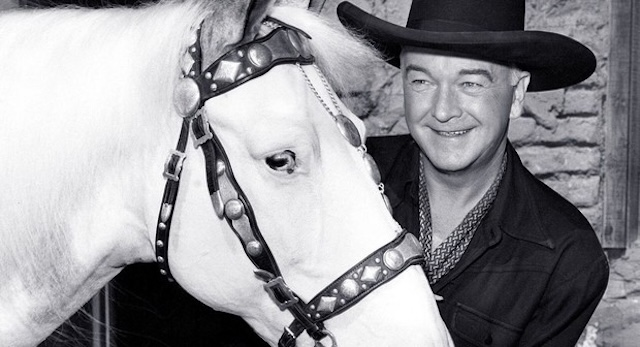
Hopalong Cassidy wasn’t just a TV sensation—he was a marketing powerhouse.
Boyd, ever the visionary, knew that Cassidy’s popularity could stretch far beyond the screen. He licensed the character to over 100 companies, leading to everything from dinnerware and puzzles to soap, comic books, and clothing.
But the real merchandising milestone? The Hopalong Cassidy lunchbox.
It was the first licensed character to appear on a children’s lunchbox, and it sold more than 600,000 units in one year. That one product alone launched the lunchbox industry into the stratosphere and proved that pop culture and consumer goods could be a perfect match.
By the end of the 1950s, Hopalong Cassidy merchandise had raked in more than $250 million, making it one of the most successful entertainment franchises of its time.
Setting the Stage for the Golden Age of TV Westerns
Hopalong Cassidy didn’t just dominate TV ratings—he kicked open the saloon doors for a wave of Western heroes that followed.
Inspired by Boyd’s success, studios launched a stampede of shows like The Lone Ranger, The Roy Rogers Show, and The Gene Autry Show. By the mid-1950s, Westerns were so popular that 7 out of the top 10 shows on TV were Westerns.
Boyd had sparked a revolution. He didn’t just bring a character to television—he redefined what family entertainment could be. His mix of moral clarity, action, and adventure became the blueprint for decades of storytelling.
The Legacy of a Cowboy and a Visionary
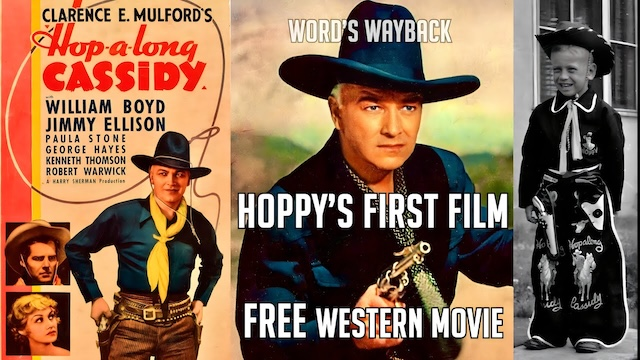
Even after the Western boom faded, Hopalong Cassidy’s impact didn’t disappear.
The character has been referenced in everything from F. Scott Fitzgerald’s The Great Gatsby to holiday songs like It’s Beginning to Look a Lot Like Christmas. In 2009, the U.S. Postal Service honored Hopalong Cassidy with a commemorative stamp, celebrating his place in American history.
And William Boyd? He became more than an actor. He became a trailblazer, proving that with creativity, vision, and a willingness to take risks, you can shape an industry.
Why Hopalong Cassidy Still Matters Today
In a world dominated by streaming and instant access, it’s easy to forget the roots of TV storytelling. But Hopalong Cassidy reminds us of a time when heroes stood tall, values mattered, and a well-placed gamble could turn an idea into a movement.
Boyd didn’t just save a character—he created a multimedia empire from scratch. He gave generations of kids a hero to believe in. And he showed future entertainers how to take control of their own stories.
Conclusion: One Man, One Hero, and a Risk That Changed Everything
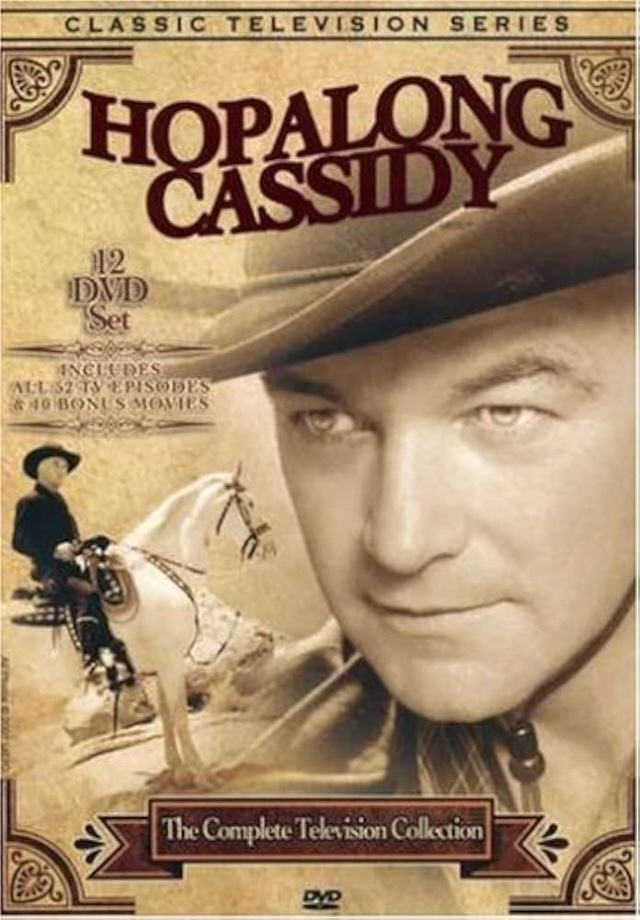
William Boyd’s $350,000 gamble on Hopalong Cassidy wasn’t just a financial risk—it was a bet on the power of storytelling. His bold move brought a fading cowboy back to life and helped launch the age of television as we know it.
Hopalong Cassidy became more than a Western star. He became a symbol of integrity, courage, and innovation. And thanks to one visionary actor, his legacy still echoes across the dusty trails of pop culture history.
So, next time you see that black hat and white horse, remember—it all started with a man who believed in a hero… and wasn’t afraid to stake everything on it.
